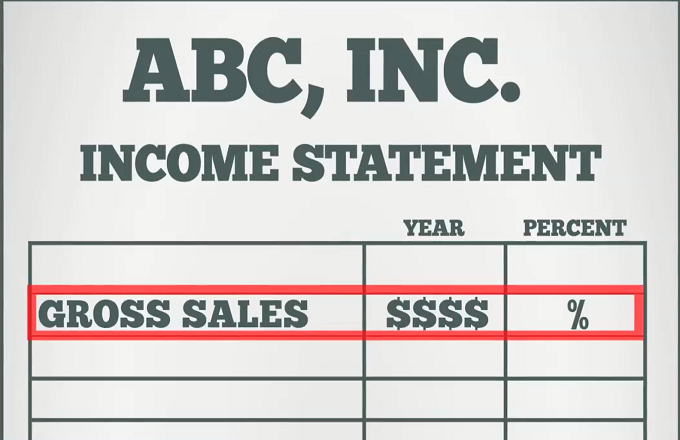Ratio analysis is the quantitative analysis of financial information from a company’s financial statements or share price. Ratios are key to financial analysis, as they provide input for evaluating and comparing a company to its peers, or to an industry benchmark. Ratios provide the vital signs used to measure corporate health, allowing investors to drill down to specific aspects of the company’s operational status. For instance, the company may be profitable, but certain ratios could indicate that it doesn't manage inventory well, or that it has cash flow issues. Financial ratios fall into different categories depending on the parameter being measured: 1. Activity or efficiency ratios: These measure how efficiently a company's day to day operations are managing inventory, selling and producing products, or using assets to generate revenue. Examples include: Inventory Turnover (Cost of Sales / Inventory) and Working Capital Turnover (Net Sales / Working Capital). 2. Liquidity Ratios: These measure the flexibility of a company to pay their short term obligations. Examples include: the Current Ratio (Current Assets / Current Liabilities) and the Quick Ratio (Current Assets - Inventory) / Current Liabilities. 3. Solvency Ratios: These measure the flexibility of a company to pay long term obligations and their level of debt. Examples include: the Debt ratio (Total Debt / Total Assets) and the Financial Leverage Ratio (Total Assets / Total Equity). 4. Profitability ratios: These measure the ability of a company to generate profits and revenue. Examples include: Net Profit Margin (Net Income / Revenue) and Return on Equity (Net income / Equity). 5. Valuation ratios: These are used to value a company's equity, and are often used by analysts to determine if a company is a buy, sell or hold. Examples include: Earnings Per Share (Net Income - Preferred Dividends) / Average Outstanding Shares and the Price-earnings Ratio (Share Price / Earnings Per Share).





